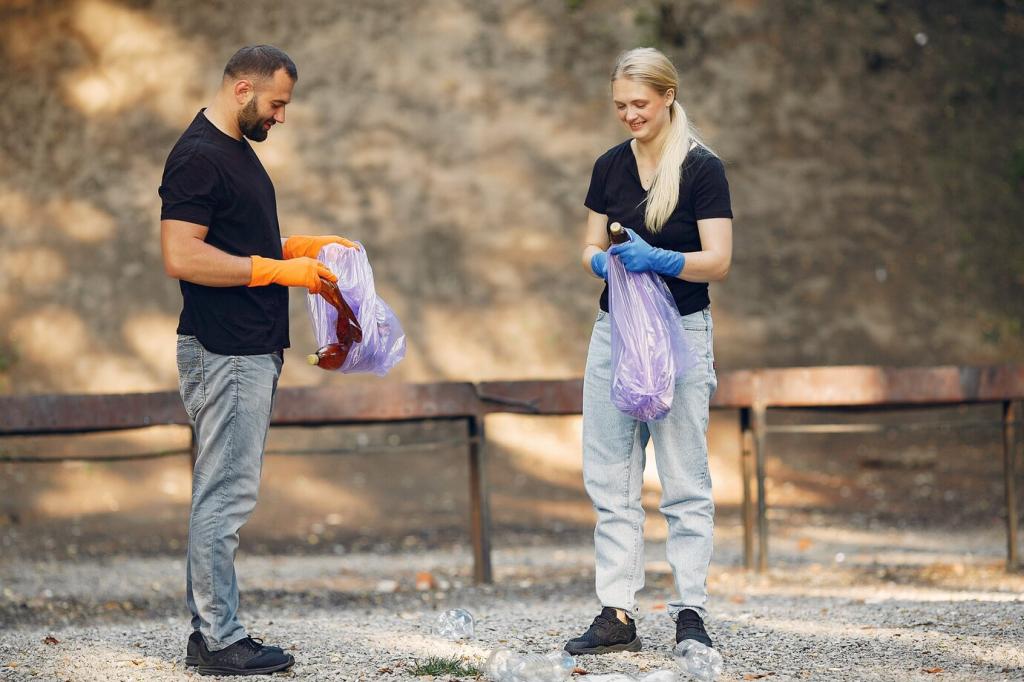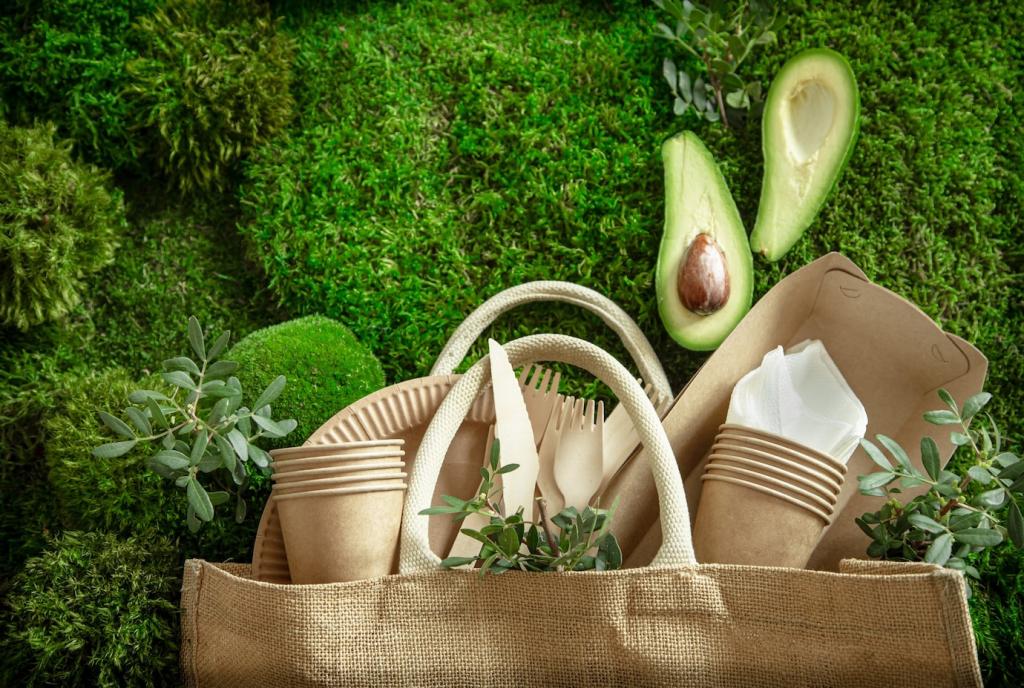What to Avoid and Common Myths
These can create an artificial sheen, seal pores too aggressively, and degrade stitching over time. They also introduce unnecessary fumes indoors. Non-toxic conditioning favors low-volatility ingredients that breathe with the leather. If a product smells sharply chemical, pause, research, and ask the community before applying.
What to Avoid and Common Myths
Olive and many seed oils oxidize, becoming tacky and rancid. They can darken unpredictably and attract dirt. While coconut oil is more stable, it can sit on the surface and feel greasy. Purpose-chosen lipids like jojoba and squalane provide steadier absorption, cleaner feel, and better long-term results.




